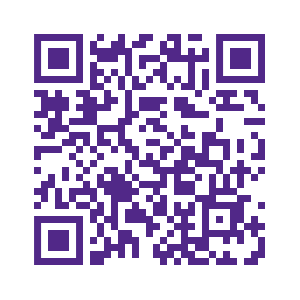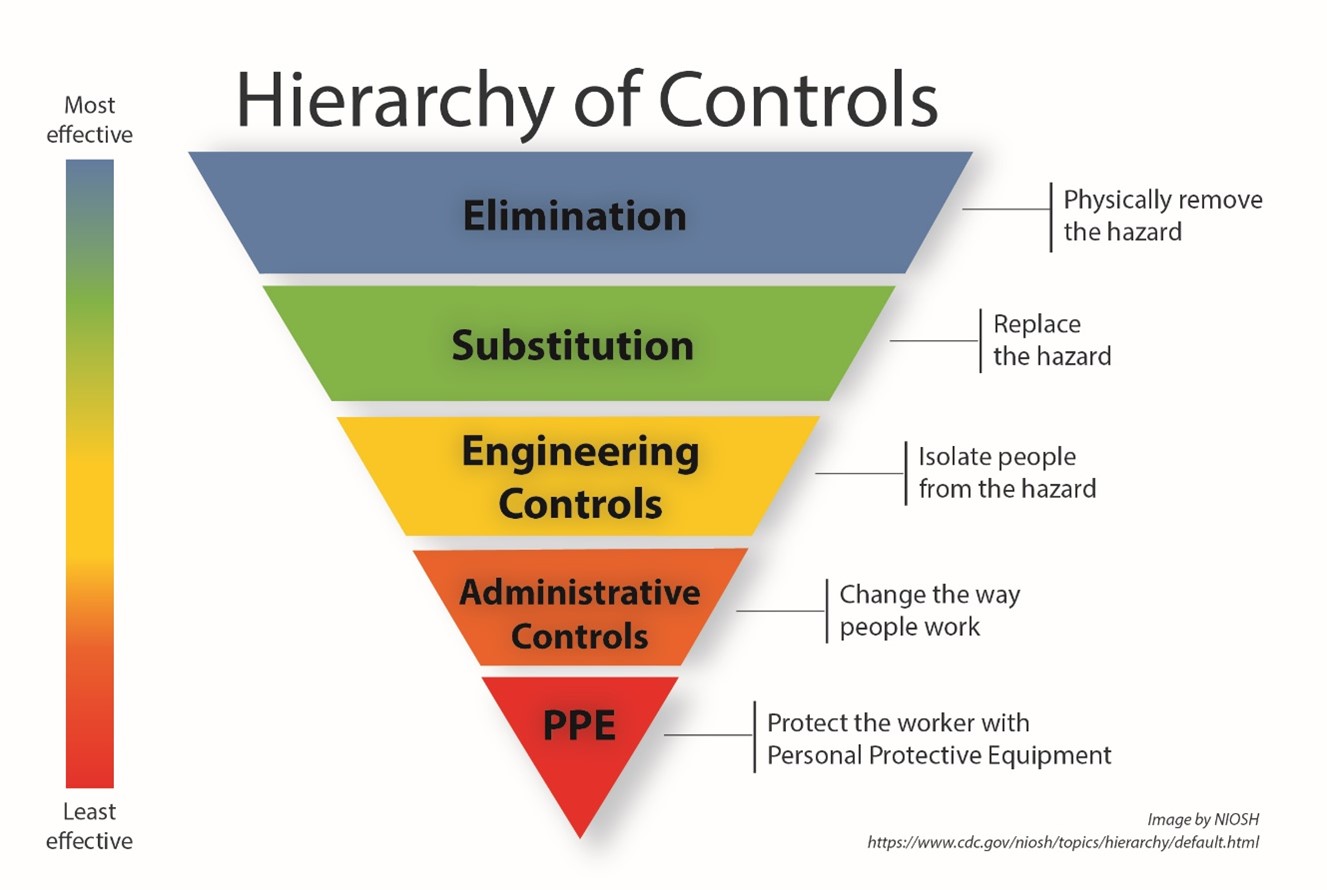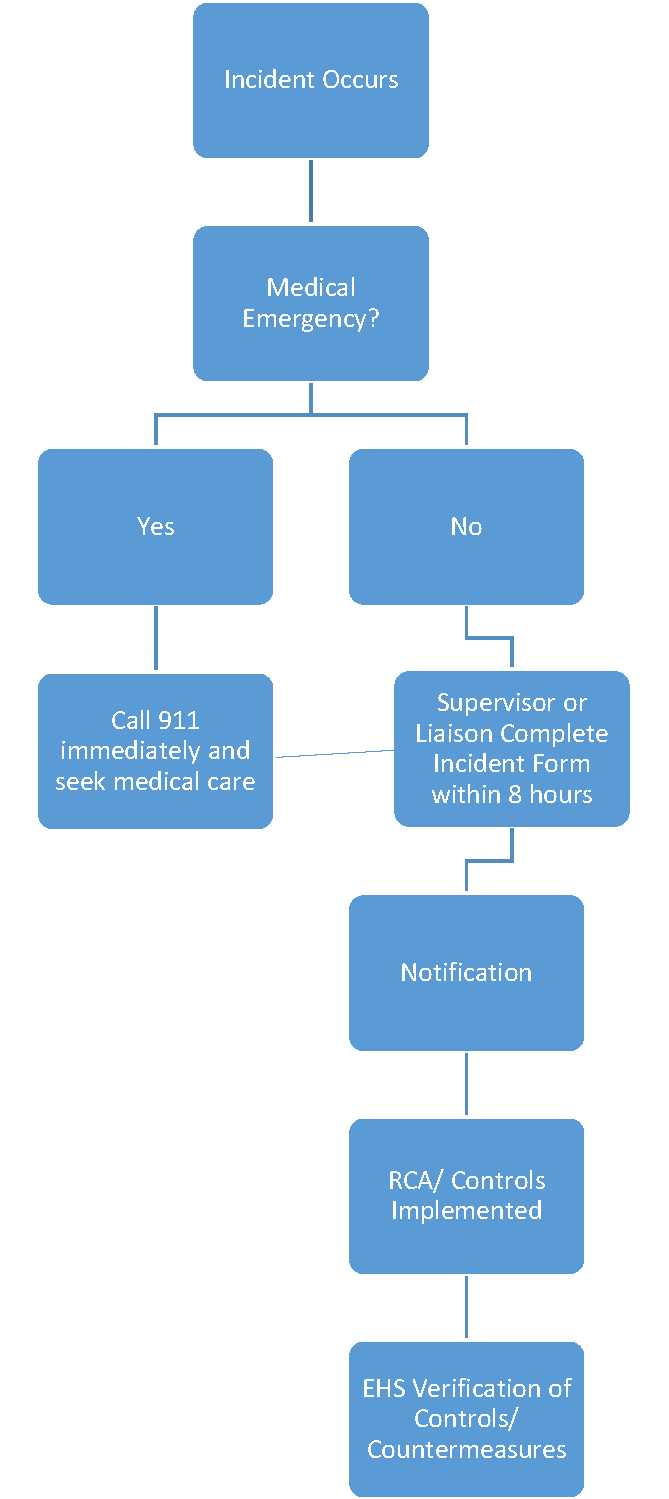Incident/Injury/Near Miss Reporting
For medical emergencies or incidents that require immediate care, call 911 or seek care at the nearest medical facility. Your supervisor or university liaison should complete the incident report and notification.
All campus and K-State activity-related incidents/injuries/illness/accidents should be reported through the Incident Reporting System by the end of the day that the incident occurred.
Near misses/close calls/or safety concerns can be reported.
REPORT AN INCIDENT OR NEAR MISS
Please direct assistance requests, questions, or concerns to EHS at incidents@ksu.edu or 785-532-5856 for incidents unrelated to employment.



